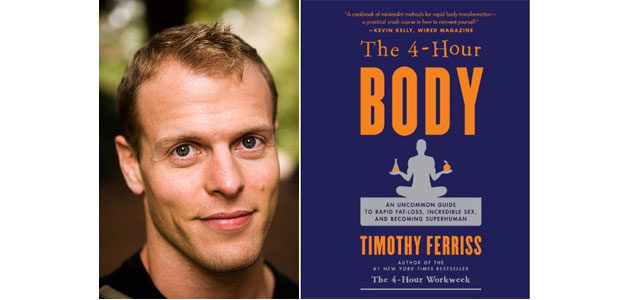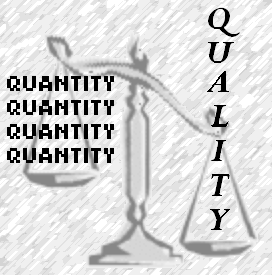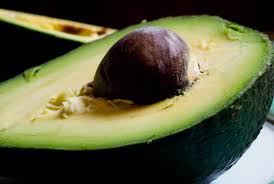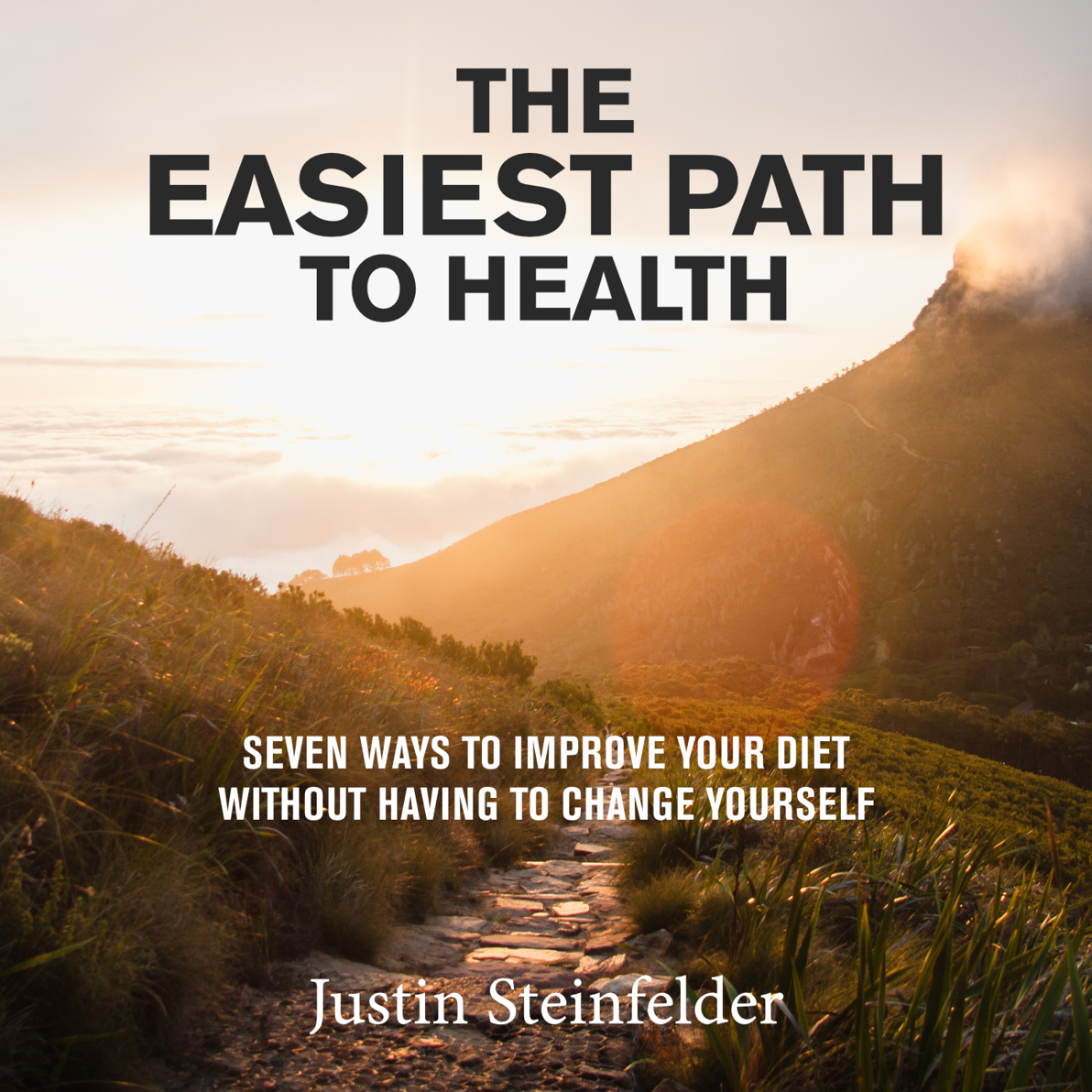Reading Time: ~ 6 Minutes… or less time than it takes to get abs.
“This is the reality: When more energy is taken into the body (from food) than is used by all energy-expending processes (including basic body functions and physical activity), the surplus is converted into body fat.”
Dr. David L. Katz, Disease-Proof
[If you want more Tweaks, you can get all 7 for free in my ebook (+ audio), The Easiest Path to Health]
The Situation
Most of the time, facilitating the good will positively impact your diet. But, occasionally, even healthy food can become ‘too much of a good thing.’ Since these foods are healthy, you don’t want to nix them altogether. However, you should probably adopt some strategies to ‘limit the good.’
The guitar, for instance, seems like a great thing to take up. After all, the positive impact that learning an instrument has on the brain is well-documented. But what happens when the guitar becomes a respite to avoid, say, law school outlines? At that point, assuming you believe your legal studies to be the better professional bet than lead guitarist of an alt-rock band, you may want to find ways to continue, but limit, the guitar play.
There are a group of foods that seem to operate in this way. Although they are full of good nutrients, they are also packed with calories and often just as addictive as the Peanut M&Ms. This creates a dose-dependent health value.
Due to this susceptibility for portion abuse, the author and self-experimenter extraordinaire Tim Ferriss has dubbed these, ‘domino foods’ because eating one has a domino effect on consumption. These foods include: nuts and nut butters (like peanut butter), guacamole, hummus, olives, oils, cottage cheese or full-fat dairy, and whole-wheat pasta.

Ferriss advises keeping domino foods out of the house, but you may find this a bit draconian. If you want to keep them around, you may benefit from a few permitting-but-limiting strategies.
The Science
What should we pay attention to—the quantity of calories we consume, or the quality of those calories? Despite the arguments to the contrary by science writers such as Gary Taubes, the expert consensus seems to be clear: both.


Intuitively, this seems obvious, but perhaps less so upon closer examination. Sure, if the quality of the calorie is bad (e.g. packets of Sugar in the Raw) and you eat 3,000 calories worth, you’ll likely do some damage. But, as Kansas State University Dietetics Professor Mark Haub has shown, one can lose weight eating nothing but Twinkies. So it would seem that even with poor quality, low calorie consumption we can cut weight (at least in the short-term).
But does it work the opposite way? Can consumption of too many good calories put us in harm’s way? Let’s say avocados, for instance, which have been shown to lower cardio-metabolic risk factors, but pack a hearty 230 calories per cup. Do we still need to limit our intake?

If you ask Dr. David L. Katz, the founding director of the Yale-Griffin Prevention Research Center, the answer is an obvious yes. “This is fundamentally about the laws of physics, the laws of the universe,” he says. “A calorie is, incontrovertibly, now and forever, a calorie, and ‘calories in versus calories out’ does matter in the weight-management picture.”
Assuming both quality and quantity of matter, the next question is why do we tend to overeat these calories, aside from their tastiness? At least part of the reason seems to be explained by two important psychological phenomena—the ‘halo effect’ and ‘moral licensing.’
The Halo Effect and Moral Licensing
In the area of nutrition, the ‘halo effect’ is known as the health halo. Essentially, when we deem something healthy, we place a halo around it (as an angel might have), thus signaling to our reasonable selves (our “Riders“) that it’s a good thing. According to self-control expert Roy Baumeister, this allows our self-control watch-team to drop their guard—giving free reign to the impulsive selves (our “Elephants“).
‘Moral licensing’ similarly limits the reasonable Rider’s judgement, but in the opposite way. Instead of placing the halo on the food, we place it on ourselves. We rationalize: “I’m already eating healthy, why should I have to monitor quantity, too?”
Too easily the gullible, lazy Rider accepts this argument and grants the impulsive Elephant a license to kill.
The good news is that by using obstacles to our advantage, we can loosen the load on the Rider. Paul Rozin, a world-renowned psychologist, has offered some creative ways to limit our intake at salad bars. In one study, Rozin significantly curtailed consumption by limiting the patron’s reach with a glass sneeze-protector or limiting ease by providing tongs instead of a serving spoon.
To put this into practice, I’ve provided a few easy applications.
[Get more 6 Tweaks in my ebook, The Easiest Path to Health]The Strategies
Even when it comes to selecting healthy foods, we need to limit consumption. In the past, I was known to eat half a jar of peanut butter in one sitting. These days, that’s less of a worry—here’s how:
A. SUBSTITUTE
Substitute more whole food or raw forms of the ‘domino’. If your weakness is nut butters (like that nectar of the gods, peanut butter) substitute the whole-nut version. Whole nuts still too tempting? Buy them in the shell, like at a baseball game.
For other nuts, make the investment in a nutcracker and nut bowl, and purchase the in-shell nuts. The nutcracker provides an inhibitor, is fun, and will make you look more sophisticated. That’s a handsome combo. (I prefer Fani Nut Crackers.)
B. SEPARATE
Serve yourself a small portion out of the bag or container, then place them back in the fridge or cabinet. Instead of taking out the whole container of guacamole, get a small bowl or plate, take out a spoonful, as many veggie sticks as you desire, and put the rest away.
Pro tip: combine Hide the Bad, Handle the Obstacles, and this Domino advice together for maximum power.
For example, once you separate, don’t just leave the serving container in plain site. Guacamole is too tempting for that. Hide it. Make it hard to open—even with tape. Any added step to consumption helps to limit your intake as it forces you to make an effort or reflect on your action beforehand.
C. SUBTRACT AND ADD
Serve yourself a little less food than you think you want (subtract). Surprisingly, we’re often filled by less food than we initially assume. If you want to guarantee fullness, a good tactic is adding back some of those non-domino veggies. Kale, spinach, broccoli, and bell peppers will do the trick.
D. APPLY THIS TO HEALTHY AREAS OUTSIDE EATING
Work is a good thing. To deliver the best product you can, you may even have to work into the evening hours. However, when too much work starts to impact your health, your productivity (as opposed to merely activity) can take a U-turn.
Sleep researcher, Matthew Walker in his book, Why We Sleep, has shown us that looking at LED screens delays your brain’s sleep processes (such as melatonin release). If you keep your laptop, tablet, or phone by your bed, you will invariably remember the ‘one more email you need to send.’
Simply place it outside your room or away from reach.T
Want More Tweaks?
You can get all 7 for free in my ebook (+ audio), The Easiest Path to Health



One Comment on “How To Prevent Overeating Healthy Foods (i.e. Ferriss’s ‘Domino Foods’)”
Besos